The Nutrex Rebirth continues under the stewardship of Chris Waldrum. As Chris told us in Episode #091 of the PricePlow Podcast, the sports series of supplements would be first to get updated rebranding, while the flagship Lipo-6 fat burning series is to be left alone for the time being.
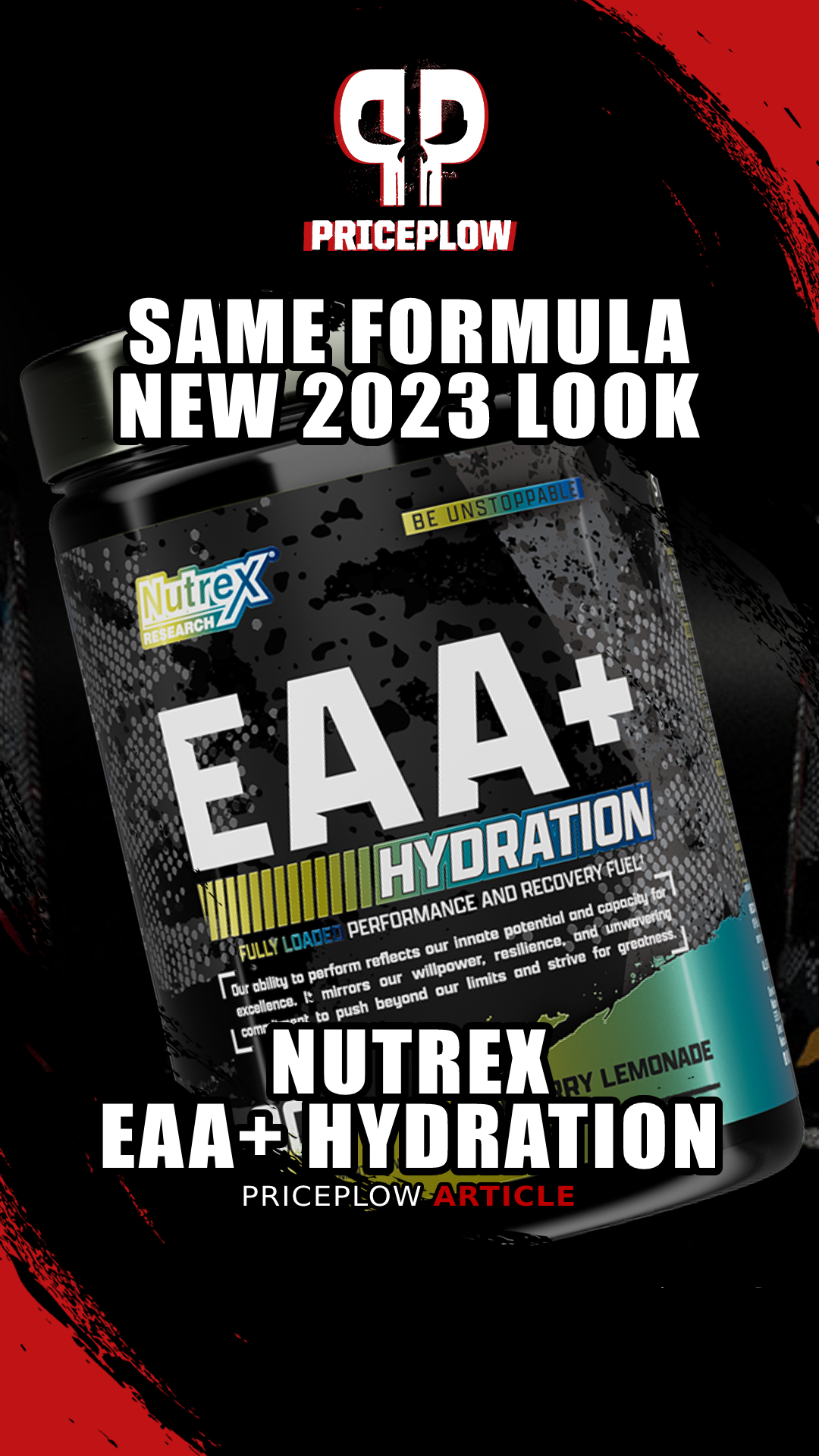
Nutrex EAA+ Hydration has the bold new look launched in 2023, but same great (and delicious) formula.
Since then, we've seen a new formula in the fat-burning hybrid pre-workout Outlift Burn and an updated formula in the high-energy Outlift Amped pre-workout. With pre-workout well underway, that now brings us to intra-workout:
Nutrex EAA+ Hydration: New Look, Same Innovative Formula
Nutrex EAA+ Hydration is the cornerstone amino acid supplement that's to be used during training. It comes in a long line of amino acid supplements from the brand that include the Amino Drive and Amino Charger families.
As we combat our collective mineral deficiencies, hydration supplements are all the rage right now, but they're not new to Nutrex. EAA+ Hydration was launched in 2019, it actually replaced Amino Charger +Hydration, which were launched back in 2016.
Point being, Nutrex has incredible experience flavoring these supplements, and was keeping their customers properly hydrated before it became stylish.
...with a new flavor coming for 2023
But with that said, Waldrum was brought in to revamp some of that style, giving the tried-and-true brand the edgy look it deserves, and a new flavor or two to boot (the first one is here in It's Mango Time). Given the immediate sellouts of Outlift Burn, it's working.
With the backstory covered, let's take a look at the new EAA+ Hydration bottles and talk about its ingredients:
Nutrex EAA+ Hydration – Deals and Price Drop Alerts
Get Price Alerts
No spam, no scams.
Disclosure: PricePlow relies on pricing from stores with which we have a business relationship. We work hard to keep pricing current, but you may find a better offer.
Posts are sponsored in part by the retailers and/or brands listed on this page.
Nutrex EAA+ Hydration Ingredients
Essential Amino Acid Complex
EAA+ Hydration kicks things off with a full 6g of the branched-chain amino acids (BCAAs). This blend delivers the BCAAs in the clinical 2:1:1 dose, and then has 2 grams of the other 6 EAAs.
Despite what conventional "bro-science" says, the BCAAs aren't nearly as effective in terms of muscle growth when left to fight the battle on their own.[1] Sure, they're effective in terms of preventing muscle breakdown and boosting endurance,[2,3] but in order to truly build lean mass, they need some more help.
With all nine EAAs working together, they seem to be more effective - research has suggested that a full EAA spectrum can stimulate MPS at higher rates than any other combination of aminos.[4]
Long story short, you need all nine EAAs to build muscle, and the body can't make them on its own. While some supplements stop with just the three BCAAs, there's more muscle-building that's being left on the table, as well as other auxiliary benefits.
So let's look at each of the other EAAs piece-by-piece, because in addition to facilitating muscle growth, each one has its own unique properties!
-
L-Leucine - 3 g
In virtually all EAA/BCAA supplements, leucine is the star of the show. It's the driving force behind these kinds of formulas, so integral that its presence is necessary to yield any skeletal muscle benefits at all!
Amongst these primary amino acids, the essential amino acids are in red. Leucine, Valine, and Isoleucine are the three Branched-Chain Amino Acids.
Reason being, leucine stimulates the mechanistic target of rapamycin (mTOR) pathway,[5] which houses the mTORC1 sub-path.[6] Considering that the mTOR pathway, as well as mTORC1, are both crucial for activating muscle protein synthesis (MPS), leucine promotes muscle growth at degrees higher than that of the other aminos!
Through stimulating MPS, leucine opens up the road to muscle growth. With a massive 3g dose here, EAA+ Hydration supplies more than enough leucine to support muscle protein synthesis levels when training with a sound diet.
-
L- Isoleucine - 1.5 g
Isoleucine is leucine's confidant in the fight to activate MPS, assisting the latter in stimulating the mTOR pathway. However, isoleucine mainly functions elsewhere within the body and is particularly important in terms of promoting recovery. Research has shown that this amino increases glucose uptake post-exercise,[7] priming the body to absorb nutrients to rebuild and recover. While leucine opens the door to muscle growth, isoleucine helps shuttle the fuel that MPS needs to build!
-
L-Valine - 1.5 g
Rounding out the BCAAs, valine takes on a much more supportive role - it works behind-the-scenes to ensure that leucine and isoleucine can work effectively. That being said, valine does bring forth its own potential benefits, with research showing that it can encourage glycogen synthesis.[8] This can be very helpful in maintaining endurance, especially in prolonged exercise.
Anyone who's familiar with NNB Nutrition's MitoBurn L-BAIBA also knows that valine is the amino acid that breaks down into this exercise-signaling muscle messenger, delivering numerous exercise-related benefits.[9]
-
L-Lysine - 885 mg
The body loves lysine, using it to do a variety of things - maintain cellular health, protect the immune system, and even reduce inflammation![10] Lysine also has an interesting relationship with carnitine, a popular supplemented ingredient, that kicks up fatty acid oxidation a notch![10]
Alongside leucine, lysine is the other purely ketogenic ingredient[11] -- it cannot be converted to glucose.
-
L-Threonine - 520 mg
Threonine is a precursor to two other amino acids, glycine and serine. On its own, however, it seems to be especially useful in aiding digestion,[12] where the amino helps maintain intestinal walls by working to conserve protective mucus linings.[13] Additional studies have found that it may play a role in collagen synthesis and fatty acid oxidation too,[14] giving threonine quite a variety of functions outside of its relationship with the other EAAs!
-
L-Histidine - 336 mg
Histidine is integral in maintaining hemoglobin levels,[15] which in turn keeps oxygenated blood flowing throughout the body. In combination with pre-workout favorite beta-alanine, it also helps make carnosine,[16] an amino acid that acts as a powerful antioxidant.
Interestingly, histidine converts into histamine during digestion, where it's then used to help protect the body from allergic reactions.[17]
-
L-Phenylalanine - 140 mg
Phenylalanine takes on a role that differs quite a bit from the other aminos, as this amino acid acts as a nootropic, or at least a nootropic precursor. Studies have found that phenylalanine can enhance production of dopamine, epinephrine, and norepinephrine.[18,19] Also known as the "catecholamines", when these neurotransmitters are released, a state of euphoria arises - these "feel-good" neurotransmitters are often associated with feelings of happiness, relaxation, and calmness.
Bringing a little brain boost to the table, phenylalanine may not work as other amino acids do, but it surely makes its presence known! For obvious reasons, this is one EAA you don't want to be short on -- and could be one of many reasons why those who don't eat enough meat and/or protein suffer from mood issues.
-
L-Methionine - 75 mg
Although methionine wears a few different hats, like phenylalanine, it seems to work best within the digestive system. However, it also breaks down into cysteine, an amino acid important for proper immune health.[20] Methionine also helps encourage glutathione synthesis, a compound that can help temper oxidative stress.
Methionine takes a lot of heat when it comes to flavoring EAA supplements, as this amino and its high sulfur content can make creating a great-tasting powder a challenge. Thus, it tends to be added in smaller quantities into products, which allows for a bit more flexibility in terms of flavoring. Nutrex's dose is better than the standard 25-50 milligrams we often see, but is also less than some other supplements that are a bit trickier to flavor well.
-
L-Tryptophan - 44 mg
Need a fiery workout experience? Check out Outlift Burn
Lastly, tryptophan mainly operates as a precursor to serotonin, a neurotransmitter important for sleep regulation, in addition to maintaining proper moods and cognition.[21] That may sound a bit odd, especially considering the overall goal of EAA+Hydration, but don't worry - at only 44 milligrams, tryptophan's effects aren't nearly as pronounced as they are elsewhere, such as in research suggesting the amino can be used to treat cognitive issues!
Fun fact: In a pinch, this dose could even count as ~1 milligram of niacin, since it can get converted to NAD+ in an 8-step pathway.
Hydration Complex
-
Taurine - 1g
Taurine concerns itself with several things, one of which includes hydration! Heavily concentrated within the brain, eyes, and muscle tissue, taurine helps you stay hydrated, pulling water into the areas of the body that needs it.[22] These effects go a long way in terms of endurance, where taurine has displayed the ability to delay muscle fatigue.[23]
Toss in the fact that taurine is both a potent antioxidant and anti-inflammatory,[24,25] and it becomes an incredibly versatile intra-workout/recovery ingredient. By keeping your muscles hydrated, taurine can help keep you going once you get going, or help you recover and rebuild after a tough training session!
-
Calci-K (Calcium Potassium Phosphate Citrate) - 345 mg
Calci-K is a trademarked form of calcium, potassium, and phosphorus. These essential minerals further this supplement's emphasis on electrolyte balance, as they effectively serve as electrolytes within the body.
This dose provides the following:
- Calcium: 60 mg (5% DV)
- Phosphorus: 30 mg (2% DV)
- Potassium: 50 mg (1% DV)
We're fans of supplements delivering essential nutrients, especially potassium, whenever they can get them onto a label. They're crucial for daily function, and in this case, they're important for staying hydrated and energized, too.
-
Raw Coconut Water Concentrate - 100 mg
Coconut water attacks hydration from a different angle, mainly by working to balance electrolyte levels. Research has shown that it's a more capable rehydration and electrolyte re-balancing agent than some sports drinks on the market.[26] Coconut water generally provides potassium, but this is a small dose, so only expect a couple of milligrams from it.
It's also important that we note that due to the presence of coconut water powder, EAA+ Hydration is not free of tree nuts, which is something you should be aware of if you have an extreme allergy or sensitivity!
-
AstraGin - 50 mg
Astragin is an absorption-boosting ingredient that's a patented blend of astragalus and panax notoginseng.[27-31] It is claimed to increase the bioavailability of supplemented ingredients, especially amino acids.
Other added minerals
These aren't listed as active ingredients, but they're up there in the nutrition area, so don't forget:
-
Magnesium (from Magnesium Glycinate) - 20 mg (5% DV)
Even though you'll definitely want more throughout the day, and perhaps before bed, we'll never say no to some magnesium, especially a high-quality form like magnesium glycinate, which has incredible bioavailability.[32]
There are too many benefits of magnesium supplementation to list here - especially in the wake of our ongoing dietary deficiency crisis - but a number of meta-analyses covering dozens if not hundreds of studies have shown numerous benefits in terms of inflammation, metabolism, cardiovascular health, sleep quality, stress, mental state, and so much more when magnesium status is restored.[33-42]
-
Sodium (from Sodium Bicarbonate) - 90 mg (4% DV)
We often see sodium come from salt (sodium chloride), but not frequently enough do we see sodium bicarbonate -- and that's a shame because there may be some incredible benefits.
Nutrex Outlift Amped, the high-stim, amped-up pre-workout from Nutrex Research, has been updated for 2023 as part of the brand's epic ongoing Rebirth!
A meta-analysis published in 2019 found 17 studies showing higher-dose sodium bicarbonate's effects in supporting performance enhancement.[43] Another review showed that it can support endurance events lasting 45 seconds to 8 minutes.[44] The International Society of Sports Nutrition also has a position stand supporting its use as well.[45]
And for those of you who are using Outlift Burn or Outlift Amped, both of which contain beta-alanine, realize that two meta-analyses show synergistic benefits when combining the two as well![46,47]
It's worth noting that the doses in those studies were all higher than this, but we like to bring this to readers' attention because sodium bicarbonate is often slept-on in this industry.
Beyond that, never forget the importance of sodium (in general) in the athlete's diet.[48]
Flavors Available
Here's a list of all flavors available. If you see an older tub, that's OK - the formula's still the same!
EAA+ Hydration: Same Formula, Bold New Look
Honestly, we liked the original 2019 look of EAA+ Hydration, so the bar was set high for Chris Waldrum and his team to get back to the brand's aesthetic glory. Thankfully, he came thorough in a big way, with multi-toned reflective labeling that drives its message home.
EAA+ Hydration has always been a great EAA formula, with 8 grams of aminos and 6 grams of BCAAs. We enjoy the use of Calci-K, which provides three different minerals all in one, but will never turn down the additional magnesium and sodium bicarbonate.
Needless to say, this isn't a magnesium supplement, and nearly everyone will want to get more in their day - but Nutrex steers the way, showing how to do it right with a quality form in magnesium glycinate.
What's next for the Rebirth? Sign up for our Nutrex news alerts so that you don't miss it:
Nutrex EAA+ Hydration – Deals and Price Drop Alerts
Get Price Alerts
No spam, no scams.
Disclosure: PricePlow relies on pricing from stores with which we have a business relationship. We work hard to keep pricing current, but you may find a better offer.
Posts are sponsored in part by the retailers and/or brands listed on this page.

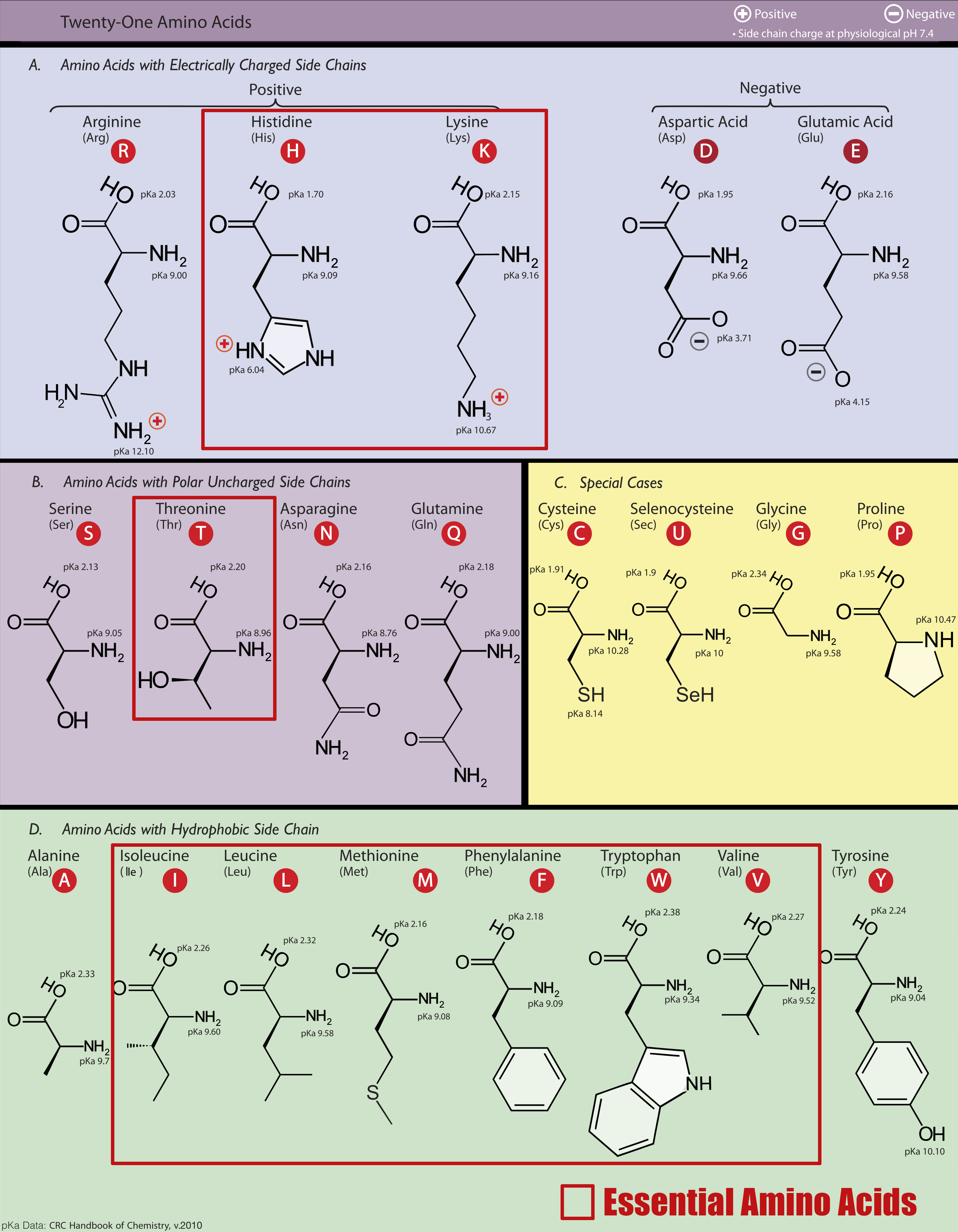
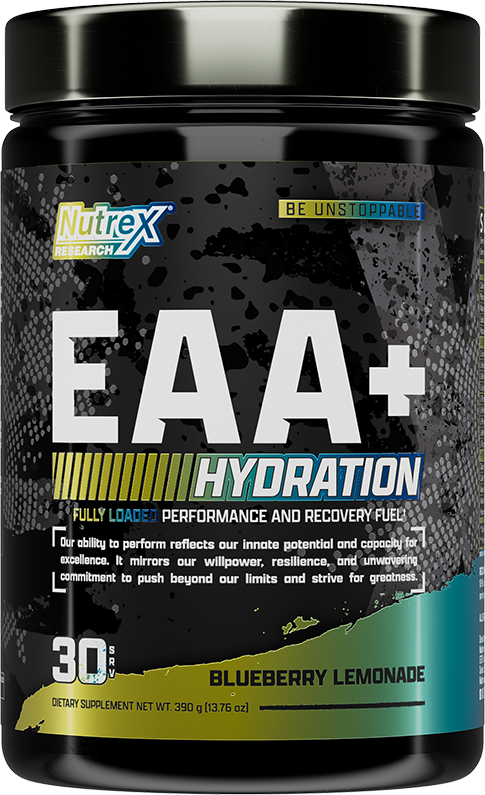
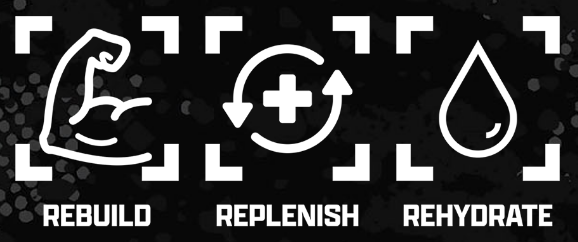
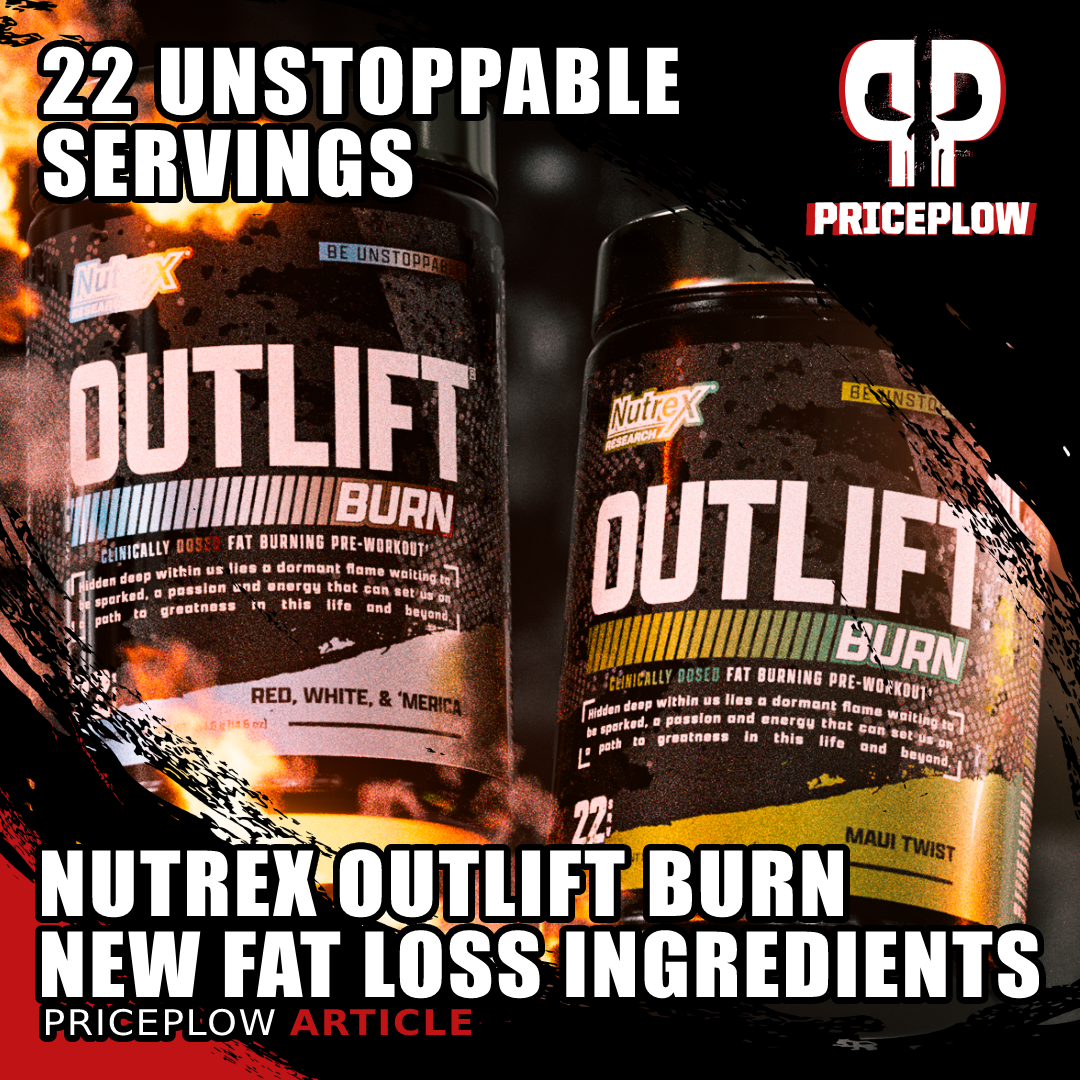
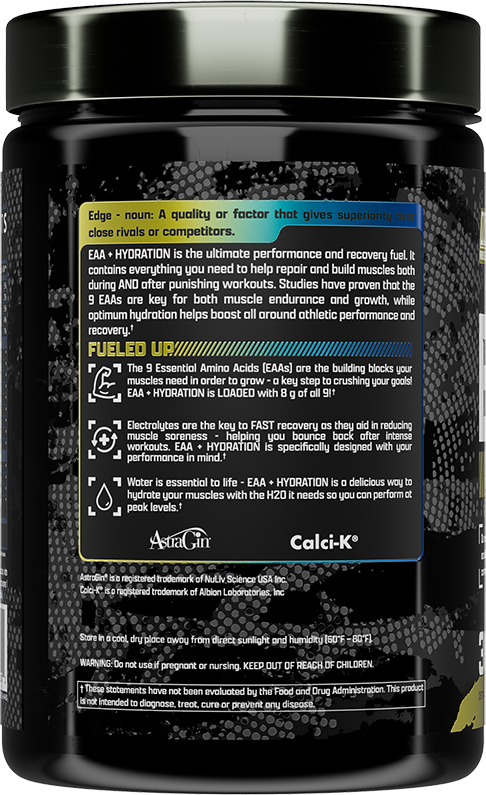
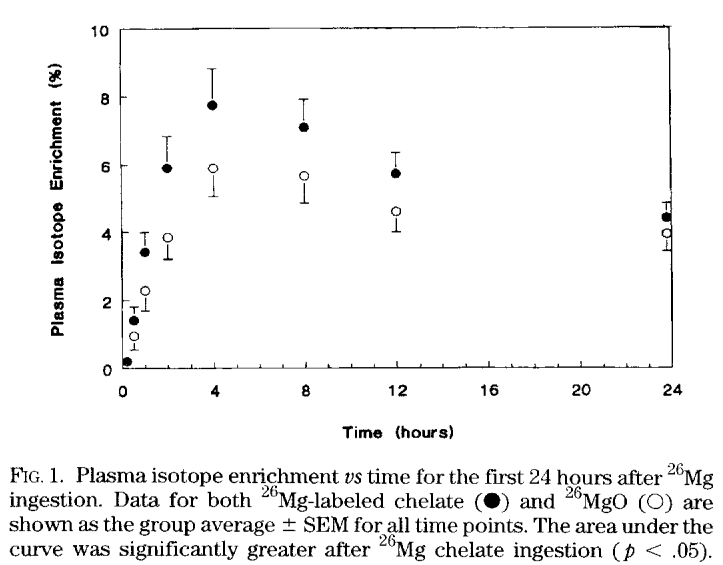
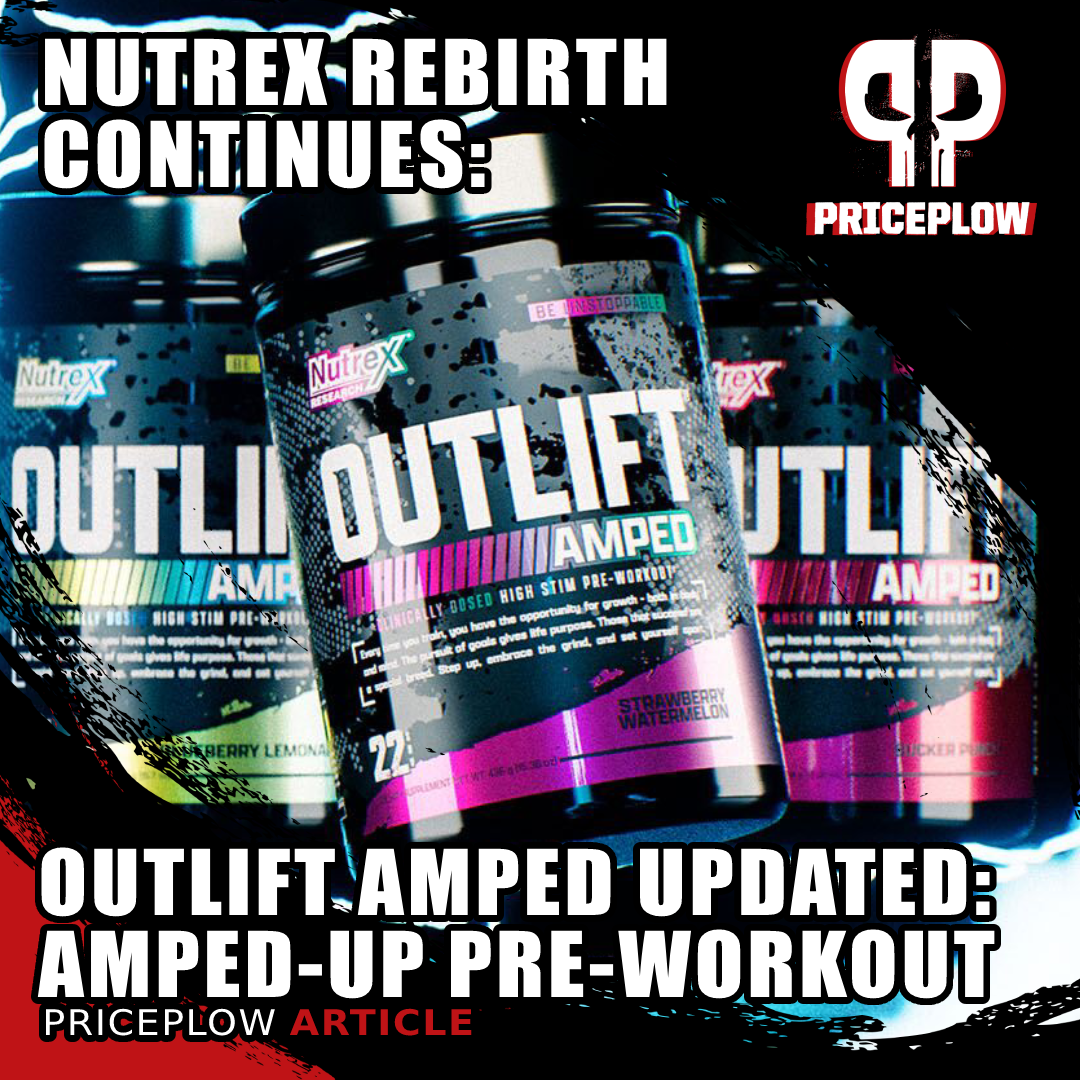

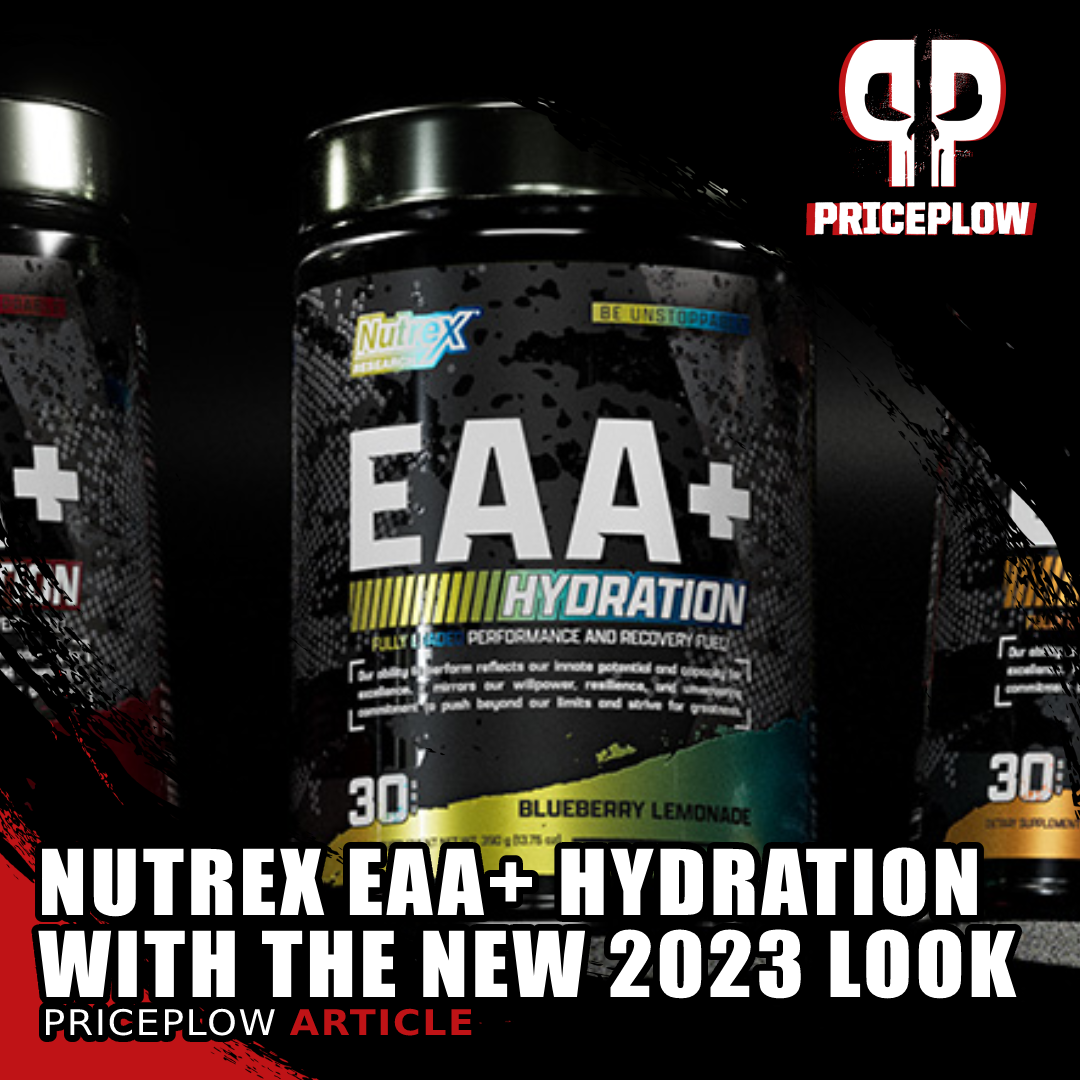


Comments and Discussion (Powered by the PricePlow Forum)